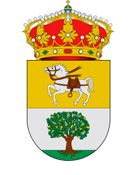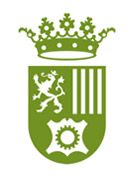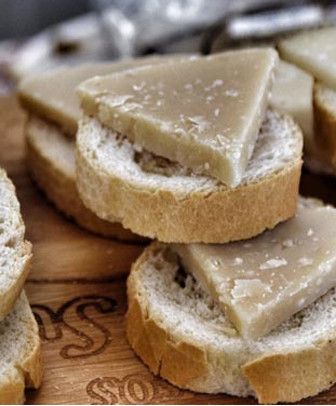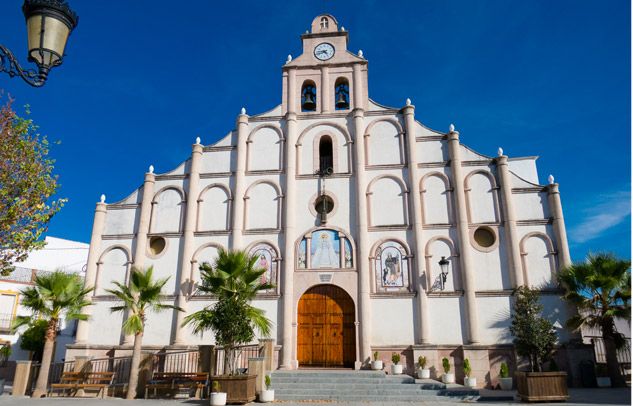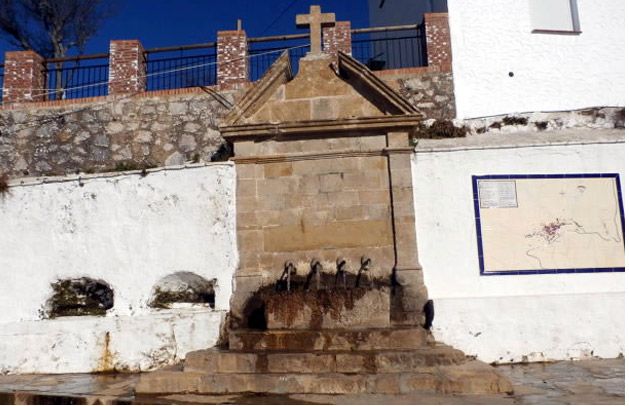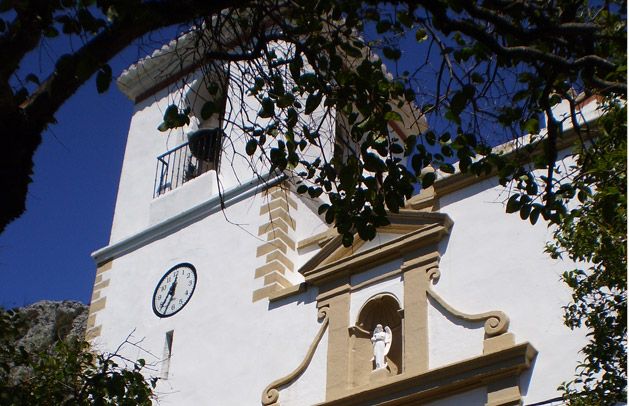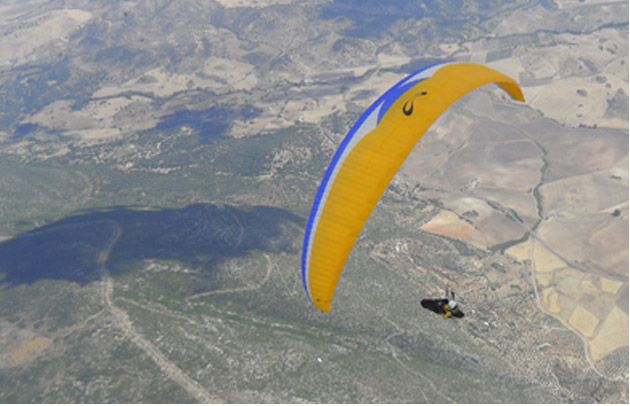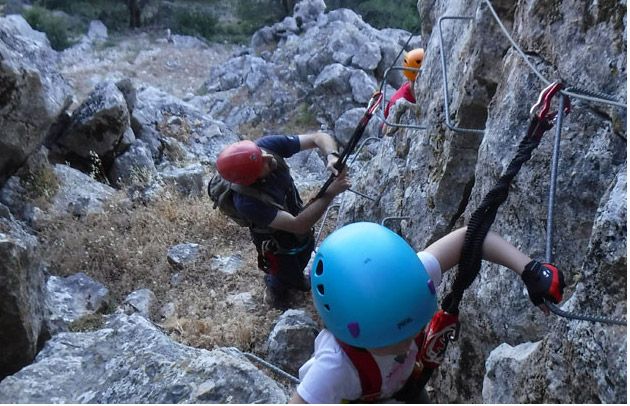
The Route of the Pueblos Blancos stands out as a destination for the multitude of tourist attractions in which it excels. One of them is undoubtedly its rich gastronomy, made up of typical dishes from the municipalities and prepared with high quality products, whether it be game meats or vegetables, cultivated in the traditional way.
Although it is true that the fame that the cheeses have been acquiring have turned the area into one of the main centres for the production of these dairy products, earning it national and international recognition and with it, numerous awards.
To bring visitors closer to this tourist and gastronomic attraction, we propose the Cheese Route, an itinerary through a total of 6 municipalities where you can taste different types of cheese from the area, all of them united by the great flavour and quality that characterises them.
Grazalema
The first stop on our itinerary is in the municipality of Grazalema, home to two of the best cheese dairies in the area. La Pastora de Grazalema is a local company led by three women, which focuses its production on fresh goat’s cheese and has recently incorporated the production of cured cheeses. Los Quesos de la Abuela Agustina is the other dairy product producer in the municipality. Also run by women, the company makes artisan cheeses with raw (unpasteurised) milk, to which it is adding new variants with products such as thyme, oregano and cumin.


Villaluenga del Rosario
Villaluenga del Rosario, el municipio más pequeño de la provincia gaditana, conforma el segundo destino en nuestra particular ruta gastronómica. Y es que, la localidad es una parada imprescindible para degustar sus famosos quesos payoyos, realizados a partir de la leche de cabra denominada “payoya-montejaqueña”, una especie propia de la zona que obtiene este nombre a partir del apodo por el que se conocía a los habitantes de Villaluenga. Empresas locales como Quesos Payoyo ha conseguido la friolera cantidad de 175 premios por este tipo de productos, elaborando productos lácteos con leche de cabra, oveja, mixtos e incluso curados con envolturas en romero, manteca o pimentón.


Ubrique
In addition to its recognition for its leather goods production, the town of Ubrique produces cheeses that have earned the status of a hallmark of the town’s identity. The production of milk from Payoya breeds is also famous in the municipality, and companies such as Quesos Sierra de Ubrique have taken the name of the municipality to the most renowned, even sending their products through online sales.


El Bosque
The fourth stop on our journey is in the town of El Bosque, where its Grazalema Merino sheep’s, Payoya goat’s and mixed products have won international awards. Such is the industrial development of the locality that the sale of dairy products provides, that the local company Quesos el Bosqueño dedicates a space in its Museum and Cheese Interpretation Centre to explain the production of its cheeses, as well as workshops and tastings.


Villamartín
Villamartín will be the next destination on the route, a municipality that has recently won an award at the World Cheese Contest thanks to the products manufactured by the company Quesos Pajarete. The Villamartín firm has a wide range of artisan products made from sheep’s and goat’s milk.


Arcos de la Frontera
The town of Arcos de la Frontera is the last stop on our particular gastronomic tour. The town has an organic cheese production that makes it unique in the area. The Cabra Verde company has succeeded in using its raw materials to produce, through traditional recipes, dairy products that respect the environment and are endorsed by the Andalusian Committee for Organic Agriculture. This peculiar artisan production managed to win the Best Organic Cheese Award in 2008.


Para no perderte

Artisan Route
The Pueblos Blancos have a close relationship with the natural environment that surrounds them and the products obtained from it. To highlight only the gastronomy

Birding Route
Many bird species have chosen the Sierra de Cádiz region as their permanent or temporary habitat. The climatic and orographic conditions and the flora and
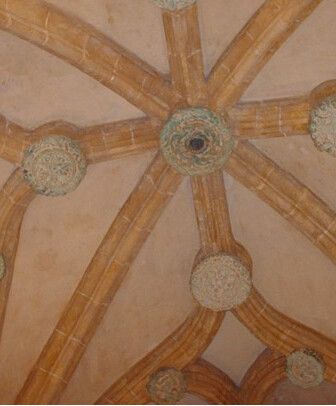
Architectural – Monumnetal Gothic Route
Gothic art was an artistic style developed and established in western Europe between the 12th and 16th centuries. The presence of Gothic art in Andalusia













